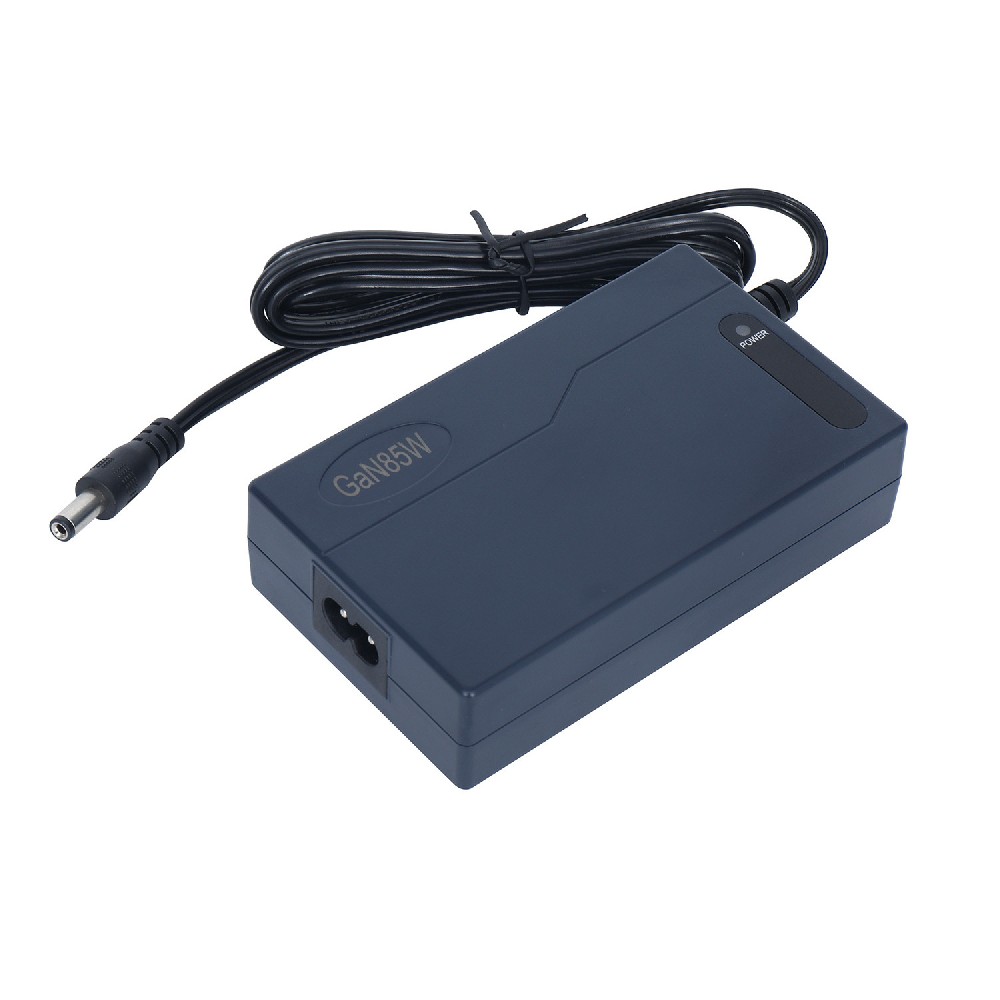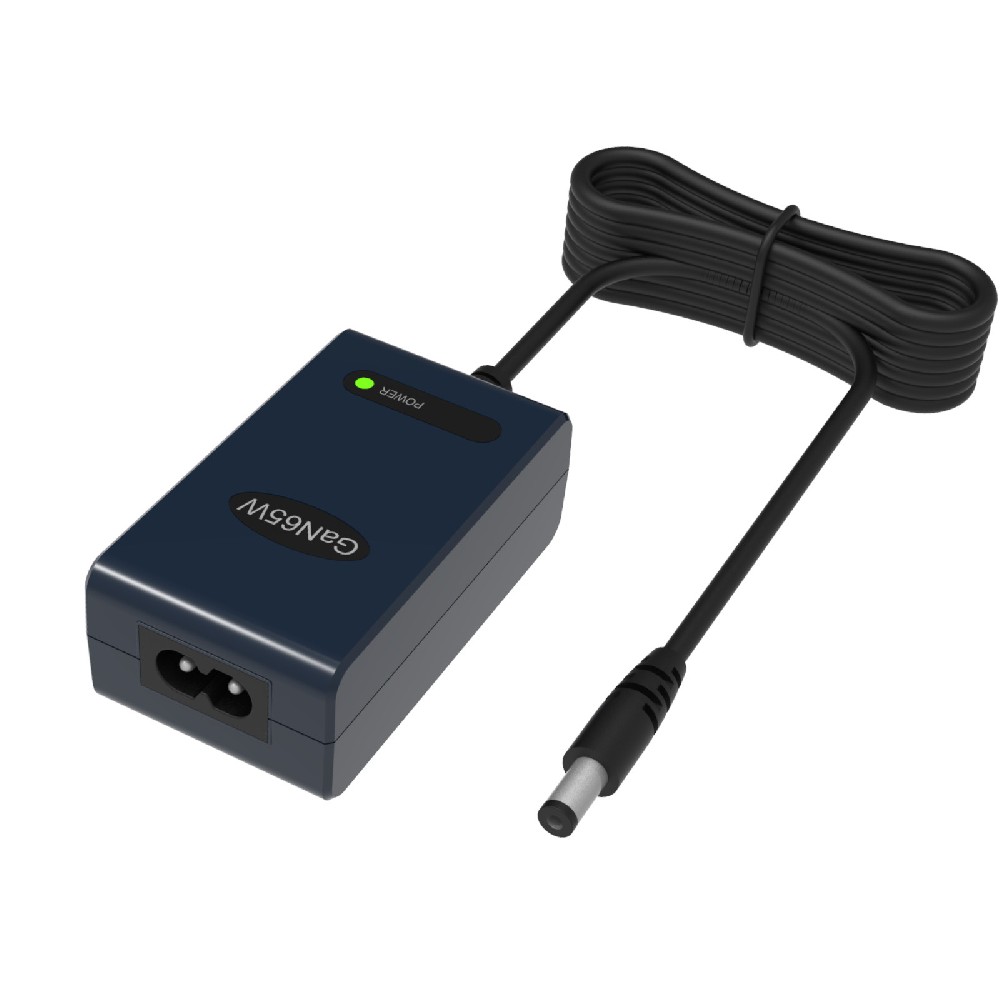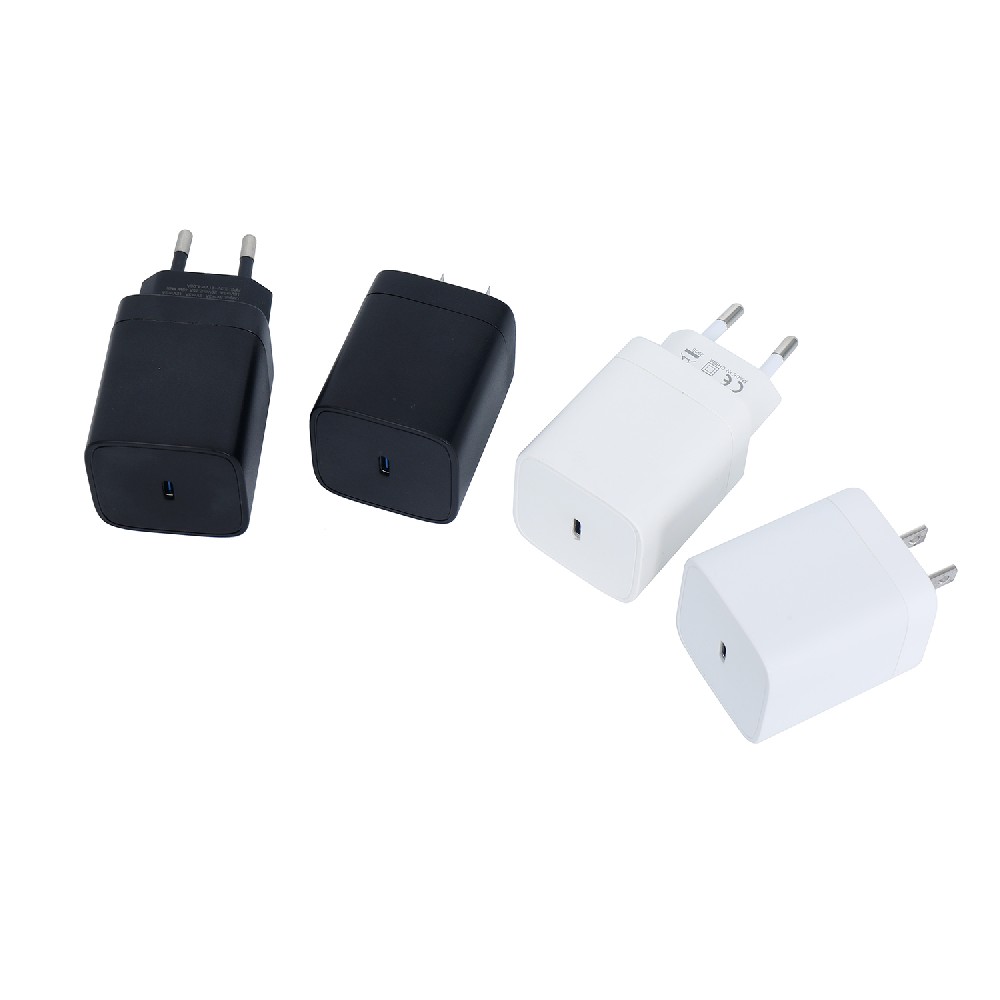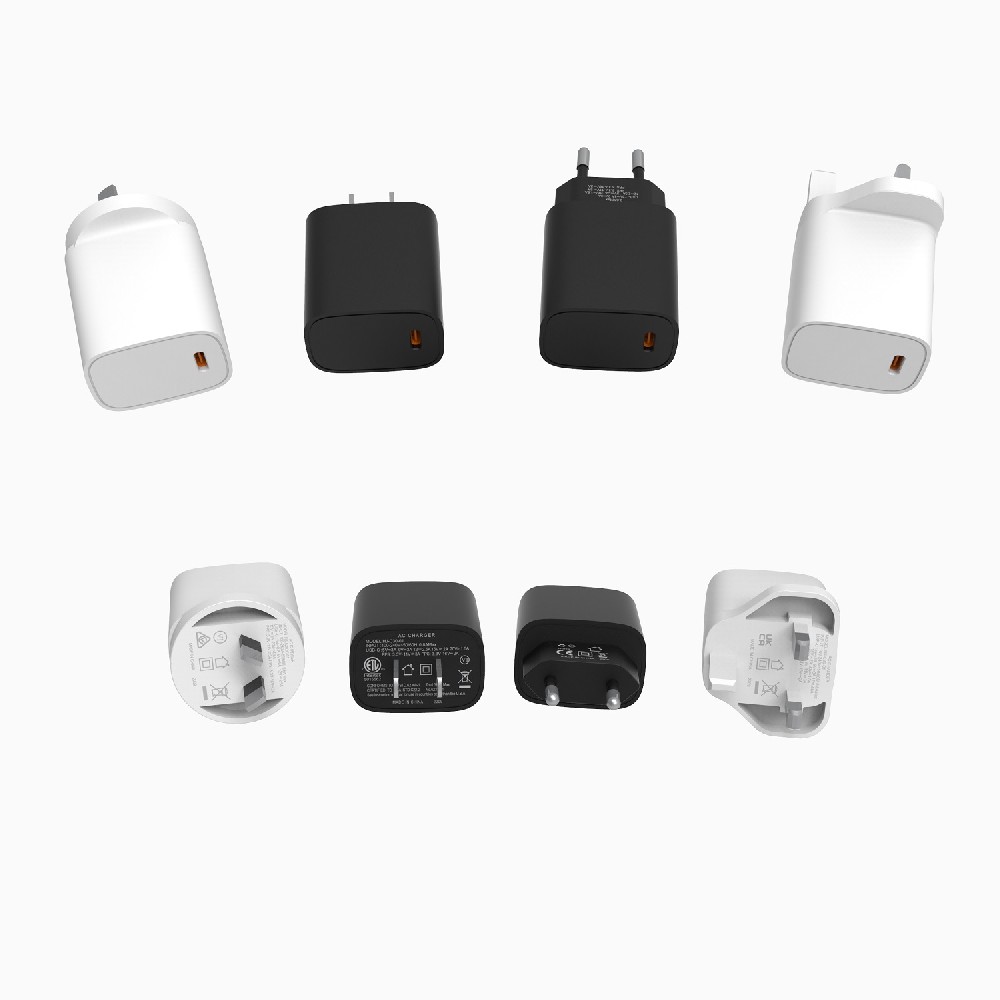How to Perform Battery Short Circuit Testing with a Battery Analyzer?
Published:2024-11-08 19:53:40 Author:admin Views:11Conducting battery short-circuit testing using a Battery Analyzer involves a series of precise steps and considerations to ensure the safety and accuracy of the test results. Here's a detailed guide on how to perform battery short-circuit testing with a Battery Analyzer:

I. Preparation
Safety Measures:
Ensure that the testing area is well-ventilated and free of flammable materials.
Wear appropriate protective equipment, such as gloves, safety glasses, and protective clothing.
Familiarize yourself with the emergency procedures and safety shut-off mechanisms of the Battery Analyzer.
Equipment Setup:
Connect the Battery Analyzer to a stable power source.
Ensure that all sensors, cables, and connectors are properly connected and functioning.
Prepare the battery for testing by ensuring it is properly charged and in good condition.
II. Test Configuration
Select Test Mode:
On the Battery Analyzer, select the short-circuit test mode.
This mode is typically designed to simulate a short-circuit condition and measure the battery's response.
Set Parameters:
Configure the test parameters according to the battery's specifications and the test requirements.
This may include setting the short-circuit resistance, test duration, and data recording intervals.
Prepare the Battery:
Ensure that the battery is securely mounted or clamped in place to prevent movement during the test.
Connect the battery's terminals to the corresponding ports on the Battery Analyzer using appropriate cables.
III. Conducting the Test
Initiate the Test:
Start the short-circuit test on the Battery Analyzer.
Monitor the battery's voltage, current, and temperature closely during the test.
Observe and Record Data:
Note any changes in the battery's voltage, current, and temperature as the test progresses.
Record these data points at regular intervals for later analysis.
Monitor Safety:
Continuously monitor the battery for signs of overheating, smoking, or other safety hazards.
If any unsafe conditions arise, immediately terminate the test and take appropriate safety measures.
IV. Post-Test Analysis
Evaluate Test Results:
After the test is complete, analyze the recorded data to assess the battery's performance during the short-circuit condition.
Look for any abnormal voltage drops, current spikes, or temperature increases that may indicate a safety issue or performance degradation.
Inspect the Battery:
Visually inspect the battery for any signs of damage or deformation.
Check the battery's internal structure if possible to identify any potential defects or failures.
Document Findings:
Document the test results and observations in a detailed report.
Include any recommendations for improvements or further testing based on the findings.
V. Additional Considerations
Test Standards:
Ensure that the short-circuit test is conducted in accordance with relevant industry standards and regulations.
This helps to ensure the validity and comparability of the test results.
Battery Type:
Consider the specific characteristics and requirements of the battery type being tested.
Different battery types may require different test parameters and safety measures.
Test Environment:
Control the test environment to minimize external factors that could affect the test results.
This may include maintaining a constant temperature and humidity level during the test.
By following these steps and considerations, you can conduct battery short-circuit testing using a Battery Analyzer in a safe and effective manner. Remember to always prioritize safety and adhere to industry standards to ensure the accuracy and validity of your test results.
IntroductionGolf carts serve as vital transportation tools on golf courses, and their performance and reliability are crucial for enhancing player experience an···
The battery pack is the heart of a golf cart, silently powering every acceleration and climb on the green. However, battery degradation often goes unnoticed, mu···
The battery pack is the heart of a golf cart’s power system, yet maintaining it has long been a challenge for technicians. Traditional troubleshooting methods—···
For golf course managers, ensuring smooth and efficient operations is crucial for providing a memorable experience for golfers and maintaining the reputation of···





